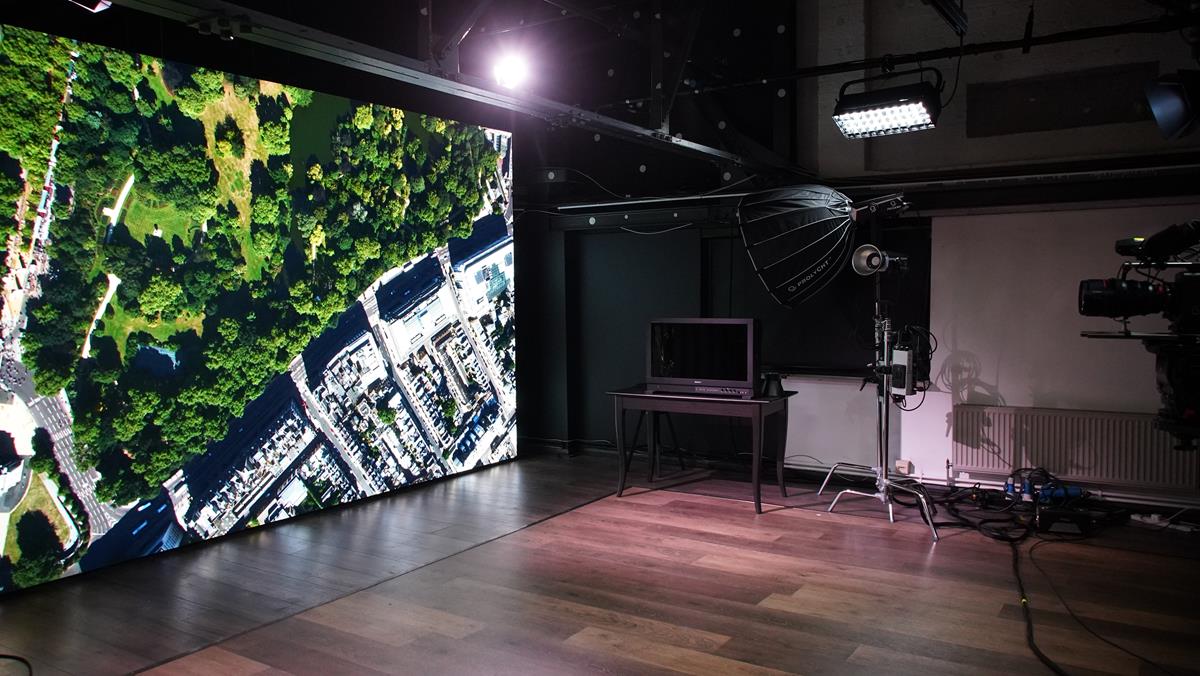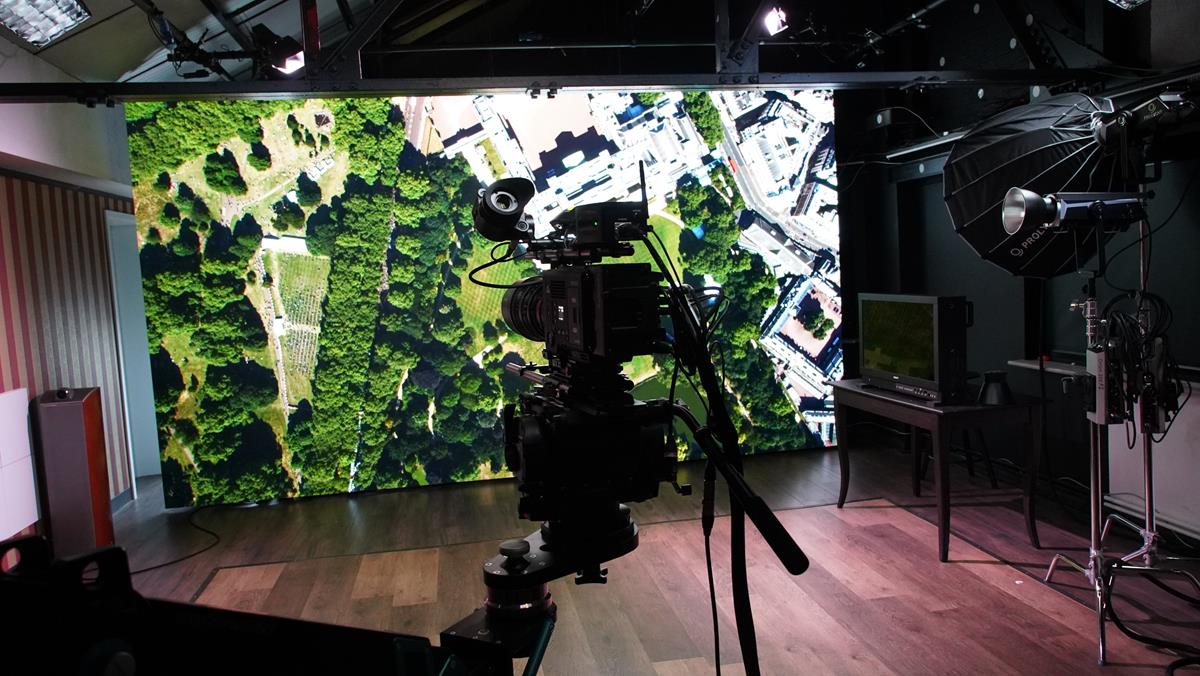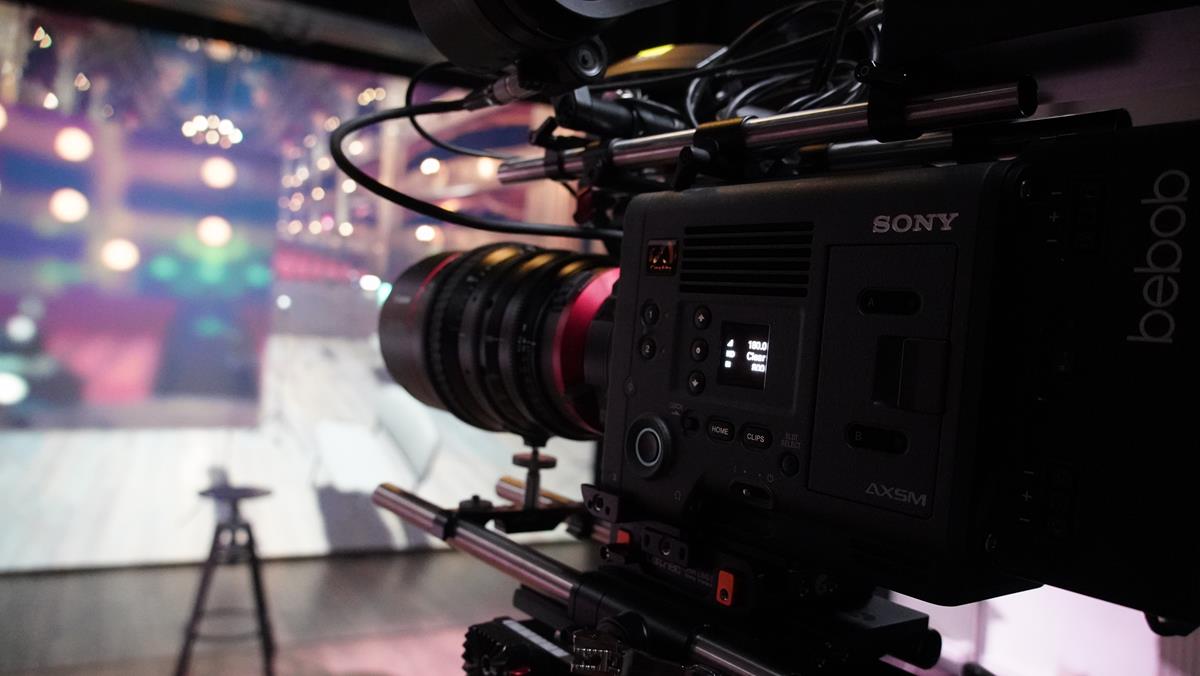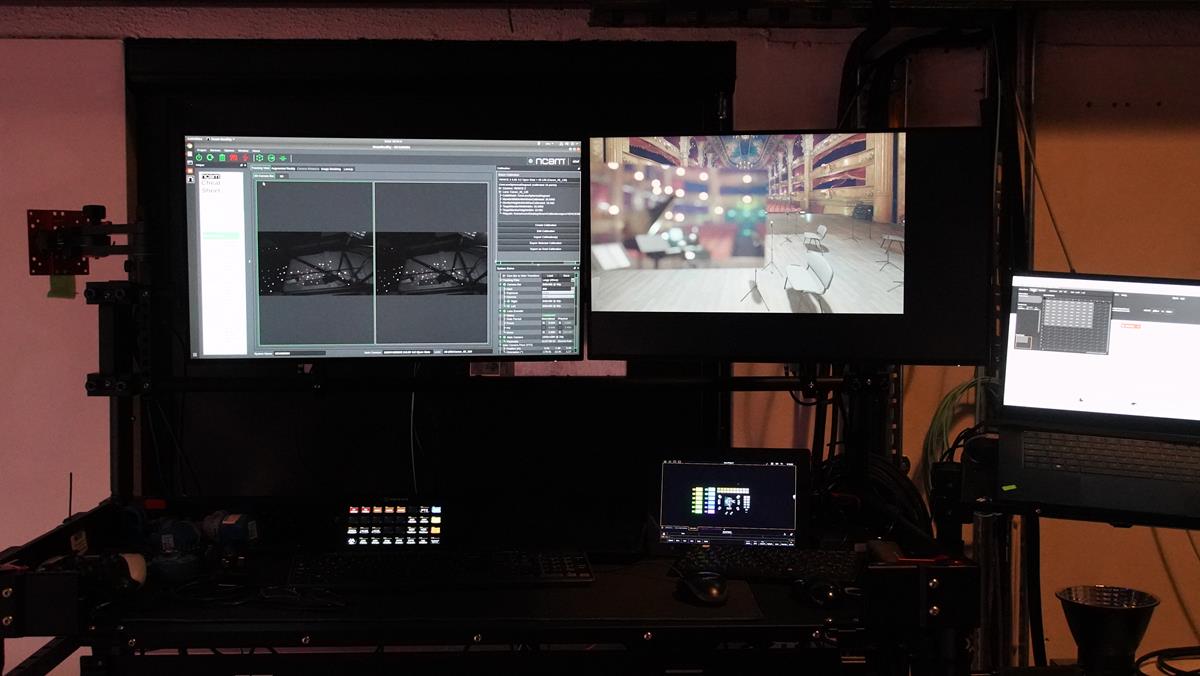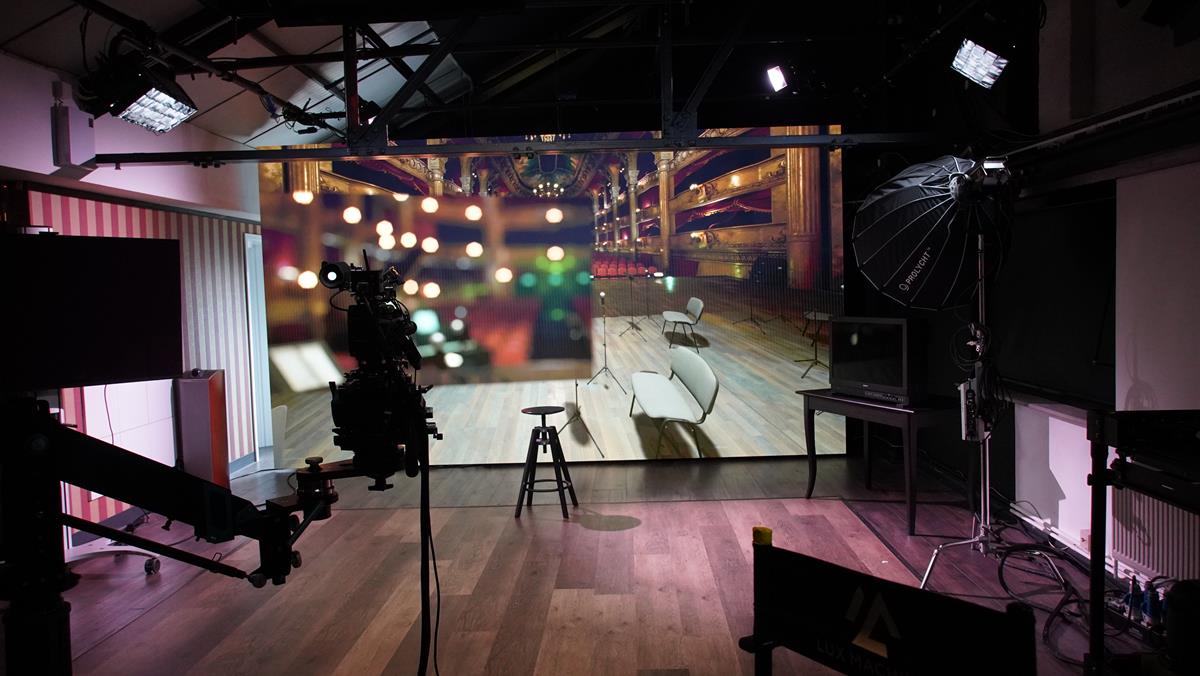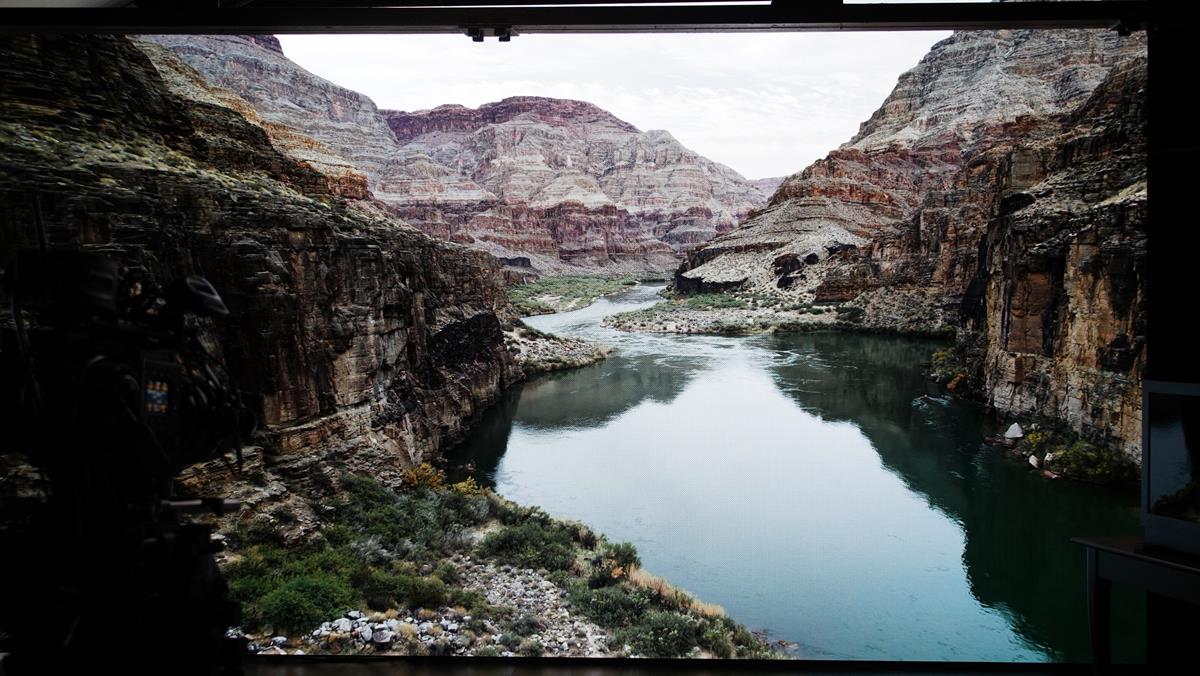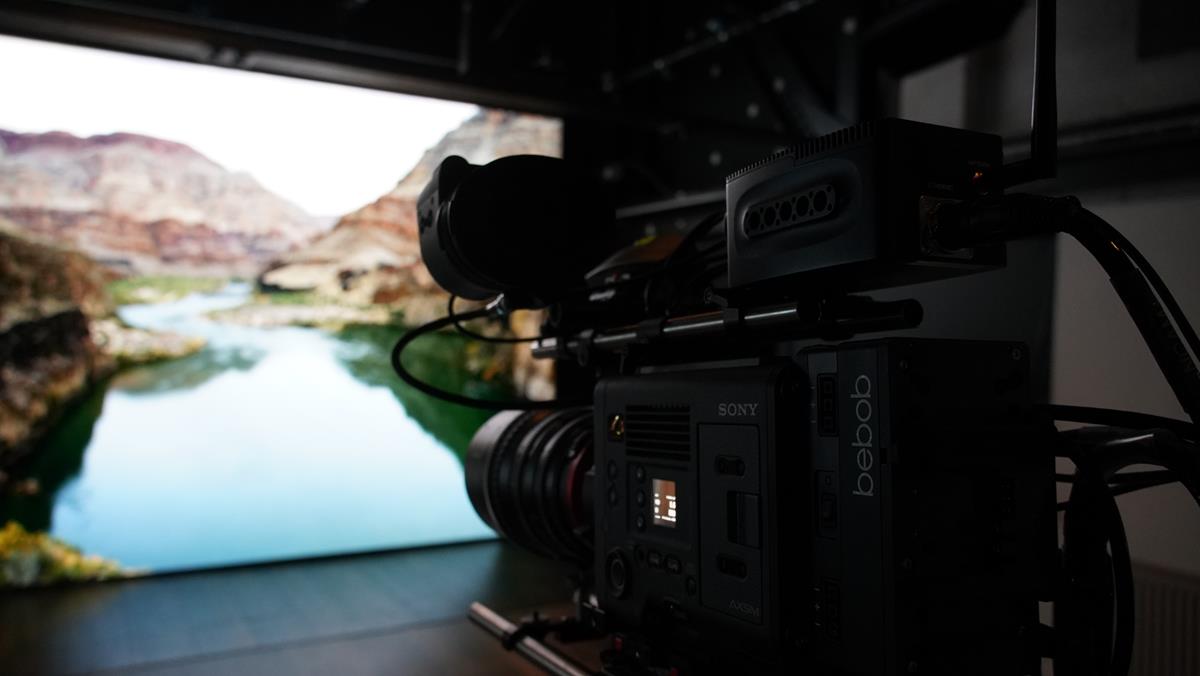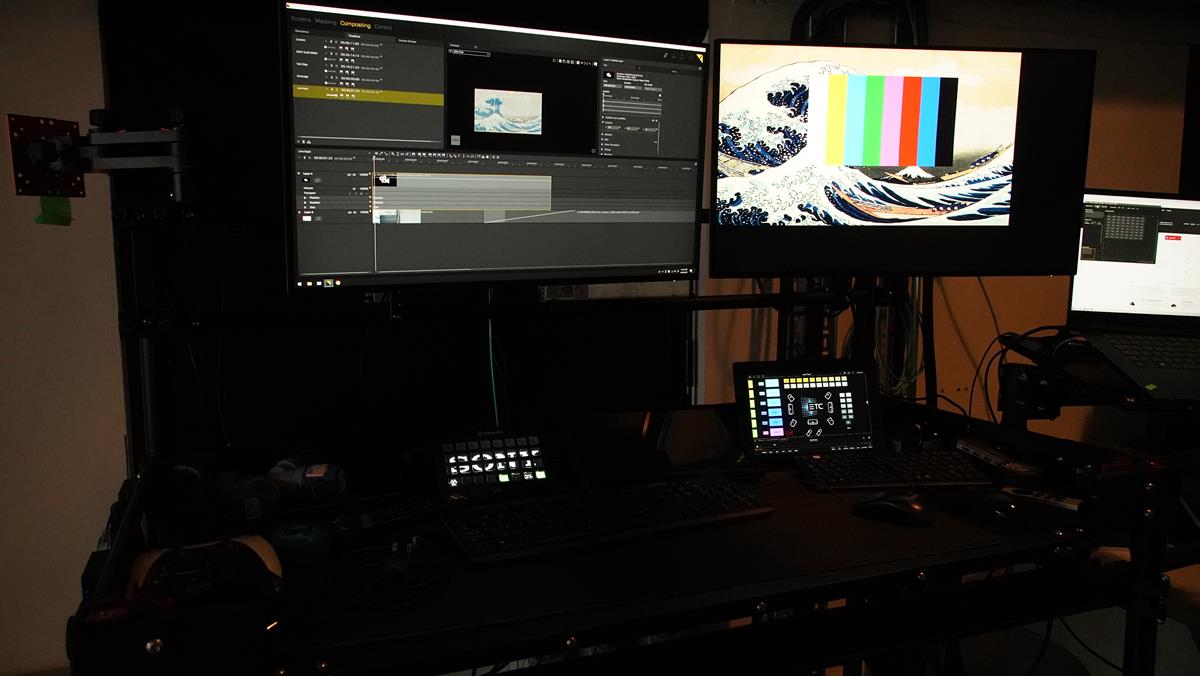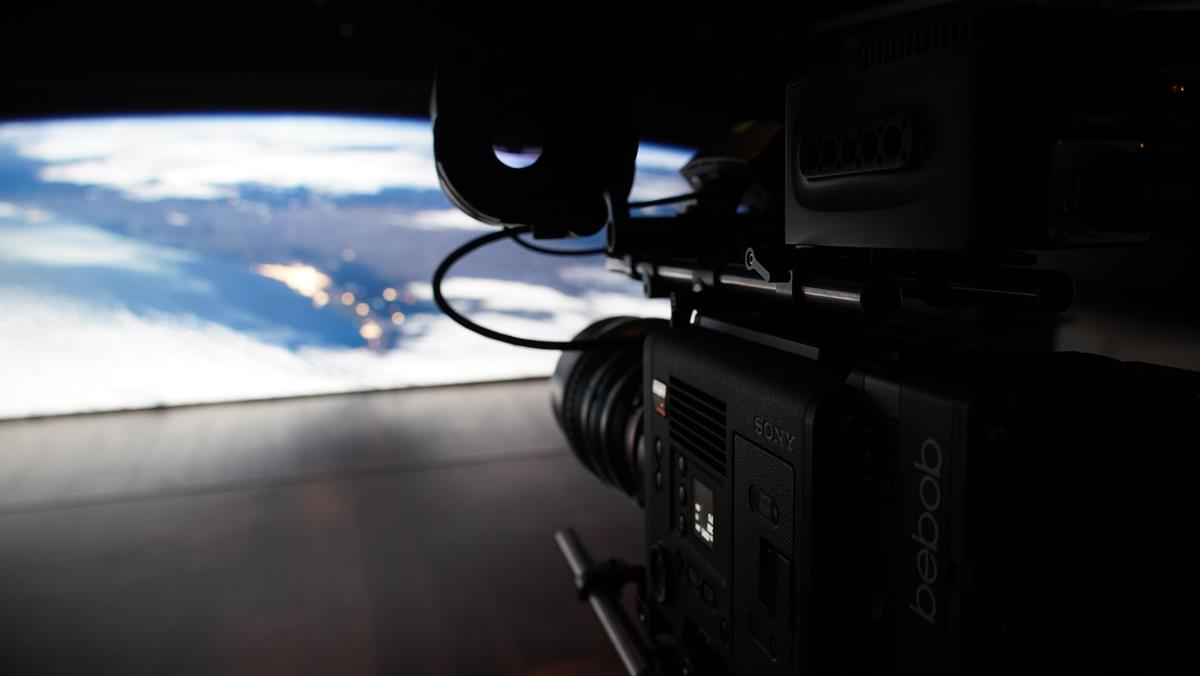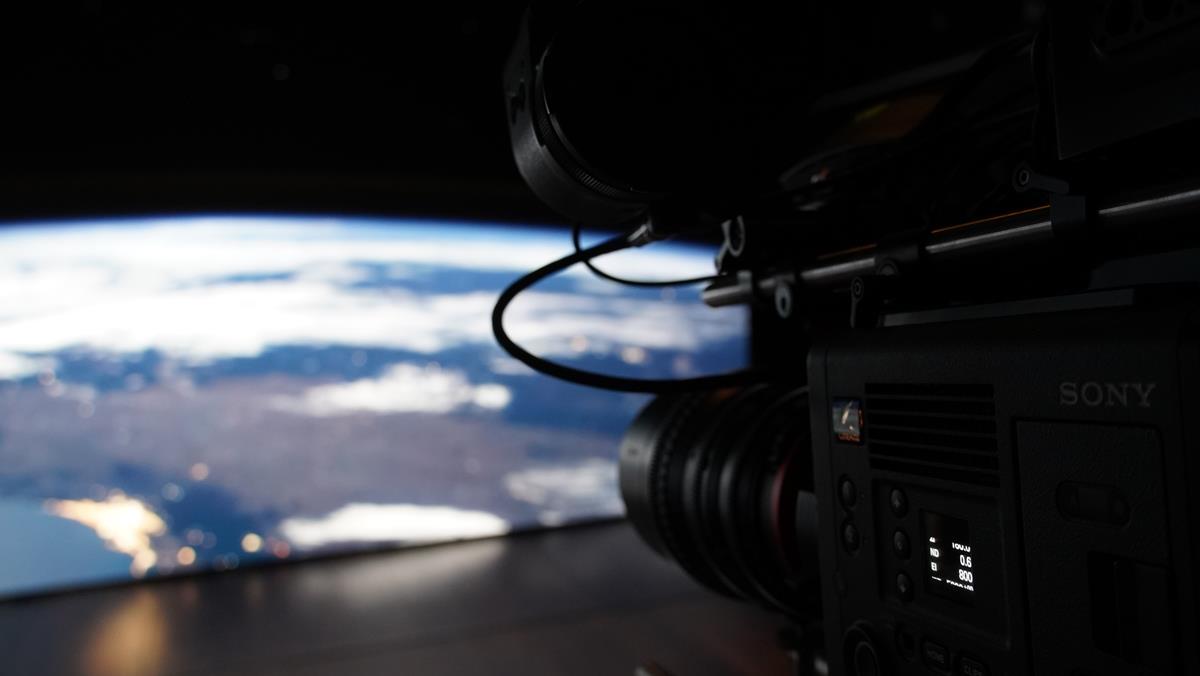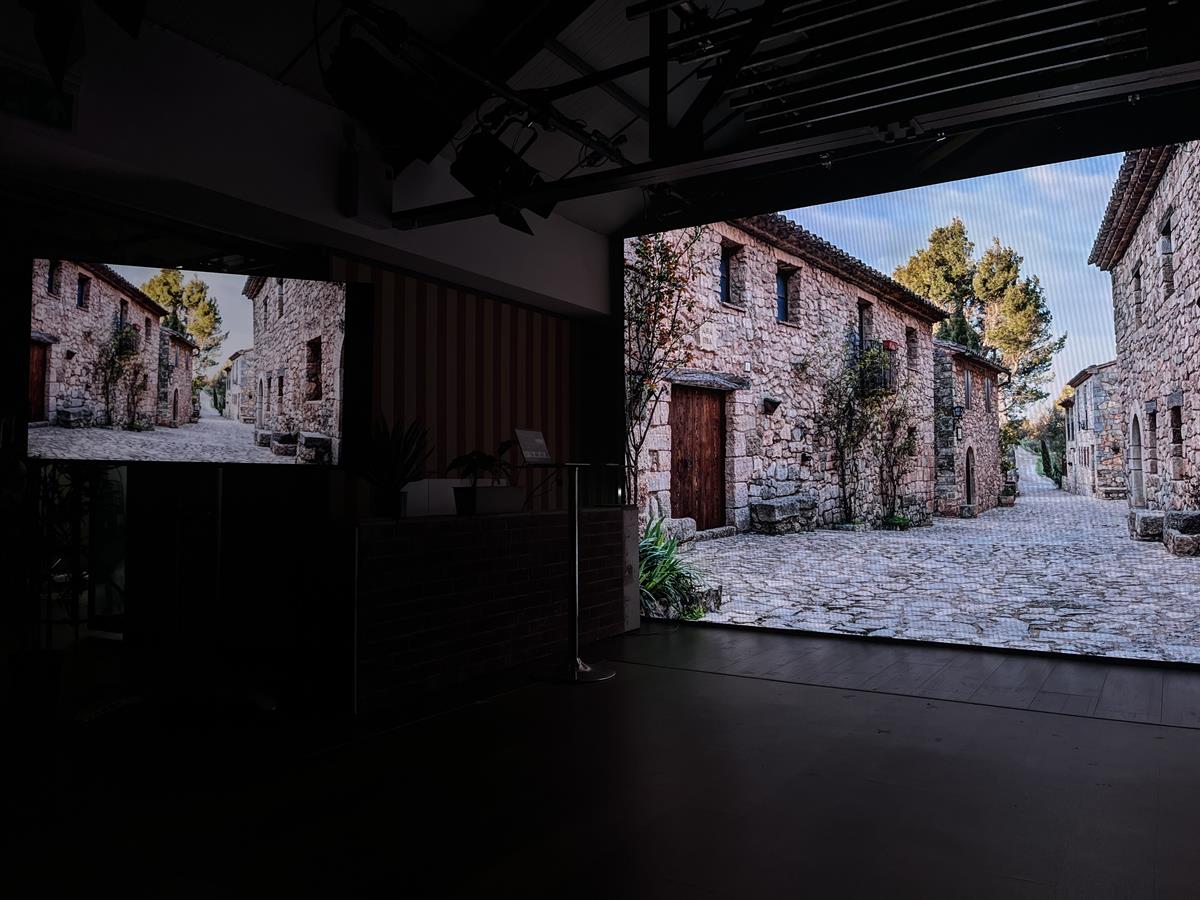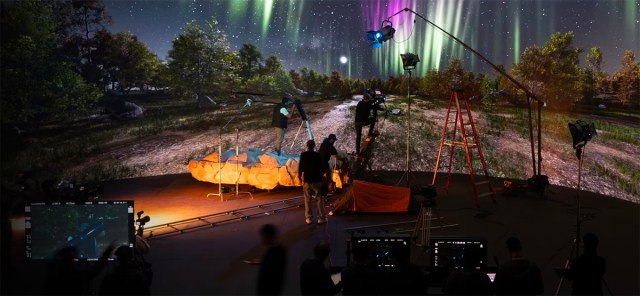
TL;DR
- Sony expands its Digital Media Production Center at Pinewood Studios with the first virtual production unit in the UK using Sony Crystal LED technology.
- The new Pinewood virtual production stage employs Sony’s ultra-thin pixel pitched 1.2mm and 1.5mm Crystal LED panels, allowing for closer camera placement than the industry standard, which is currently 2.6mm.
- Sony also recently unveiled its Virtual Production Toolkit, a suite of software products that act as a failsafe for working with LED volumes.
READ MORE: Virtual Production for Cinema Demo at the 2023 NAB Show (Sony Cine)
Sony’s recent NAB Show and post-NAB Show announcements cements its central role in the virtual production industry. Not only has Sony opened a dedicated LED volume in Pinewood Studios outside of London, it has also released a range of production-specific products that advances the workflow.
Sony has expanded its DMPC or Digital Motion Picture Centre demo space at Pinewood Studios into an LED volume to showcase its latest Crystal LED panels and demonstrate how its new products work with the Venice range of cameras.
The opening follows Sony’s partnership with Studio de France to equip Europe’s first virtual production studio early last year in Seine Saint Denis, north of Paris.
But as well as showing customers its new Crystal LED panels, at the DMPC visitors can see how the new products work with them, in particular its ultra-thin pixel pitched 1.2mm and 1.5mm panels. The current market standard is judged to be 2.6mm.
Virtual Venice
The first of the new products announced at NAB is what Sony is calling the Virtual Production Tool Set, a suite of software products that act as a failsafe for working with LED volumes.
There are two parts to the toolkit; the first is a camera and display plugin for Unreal Engine that works in a number of ways. When users open the plugin they will see a virtual Venice camera interface with pull-down menus for its feature set. Users can virtually adjust those parameters, exporting them to the camera once they’re ready to shoot.
So this is a previs tool for this particular camera. As it’s part of the Unreal Engine, users can start to simulate shooting scenarios. To help with this, they’ll see a mannequin-type figure inside the Unreal Engine scene, which produces reflections from the virtual lights the user turns on. The idea is that users rehearse the shots they have planned, save the settings, and then export them to their Venice camera.
Deciding on an exposure setting or lens choices ahead of a shoot should give users a better sense of accuracy than before. “Fix it in pre” they’re calling it.
READ MORE: Sony Electronics Focuses on Imaging, Networked Live, Creators’ Cloud, and Virtual Production Solutions at NAB Show 2023 (Sony)
Moiré Alert
Another part of the toolkit is a Moiré alert. Moiré is a big issue when shooting in LED volumes and can ruin a shot. It’s a problem mainly for CMOS sensors when shooting highly repeatable patterns on clothing or brick walls, for instance. But Sony’s new tool warns users when Moiré is about to appear, a by-product of how close the screens are and the resolution they have.
Again, this feature is available inside the Unreal plugin when users are simulating their shooting — but this time available for cameras other than the Venice. Users will have to fill in some parameters like LED type, and contrast ratio with the correct pixel pitch of the panel. Other changeable parameters include the color of the alerts. Red is usually selected for “Moiré is present” warnings.
It’ll already know the sensor and lens to give it depth of field information. As users move the camera virtually they will see a series of different colors from green, which means no Moiré, to yellow, “a chance of Moiré,” to red, “you are experiencing Moiré.”
Color Calibrator
Usually calibrating a camera against an LED volume takes around two hours to complete. Sony’s new calibrator is claiming a 15-minute process to do the same thing. The new calibrator will play a series of test patterns on the wall recorded on the camera. The resulting clip is imported into the calibrator and through a series of alignments and corrections, a profile is produced. This profile is then exported as a 3D LUT which in turn is imported into Unreal Engine and applied as a .look file to the LED wall.
Sony’s new products, including the recently launched 1.2 and 1.5mm pixel pitch panels, mean real forward movement in LED volume development. The increased pixel pitch panels allow cameras to get closer to walls; a 1.5mm pixel pitch puts the camera’s distance from the volume at around three meters. This could also mean that stages could become smaller with the same visual results. A 2.5mm pixel pitch puts the camera at eight meters from the wall, making the stage proportionally larger.
With tools like the color calibrator, set-up times can be shorter and be completed by non-color specialized staff, saving time and staffing costs.


